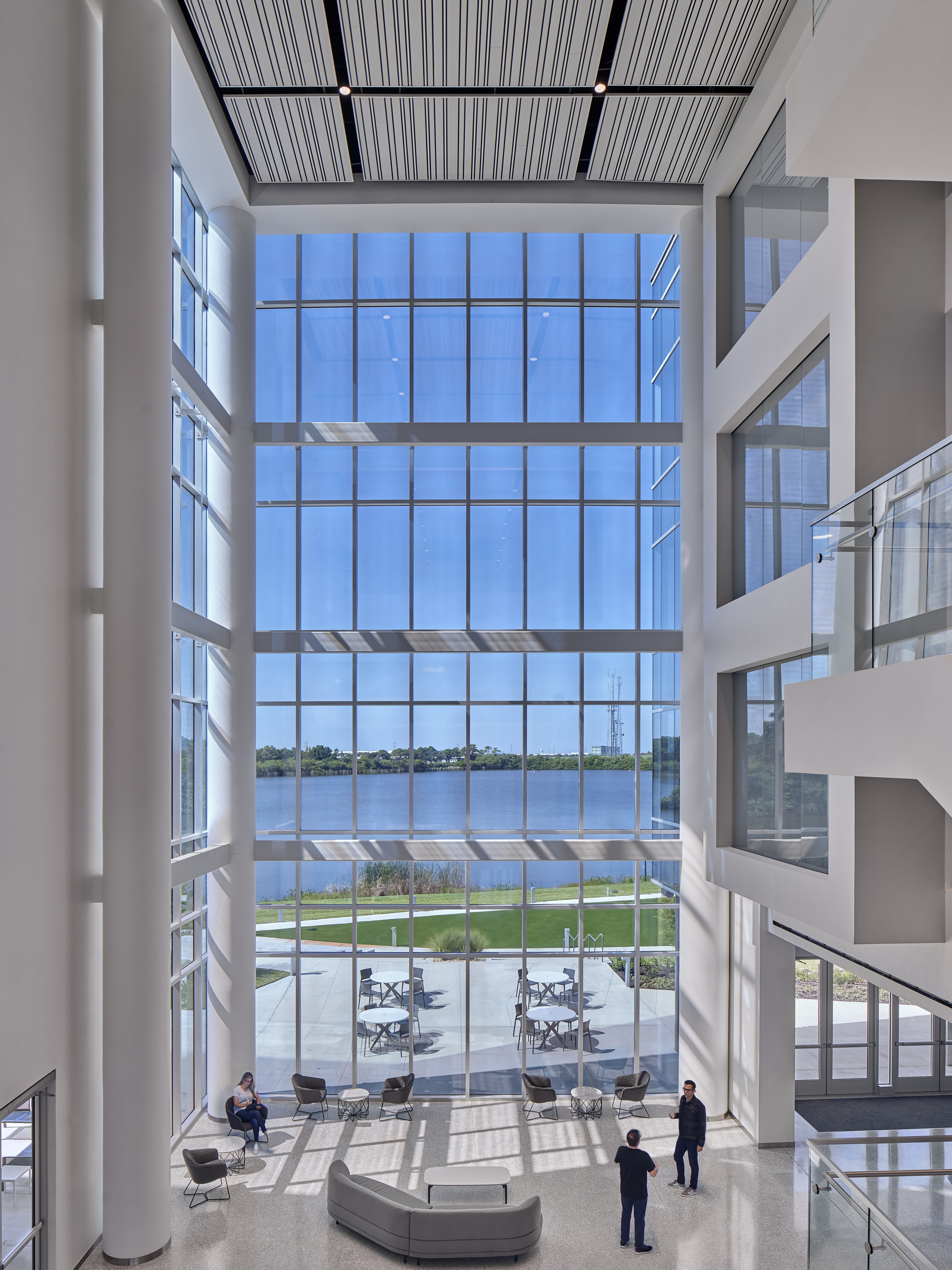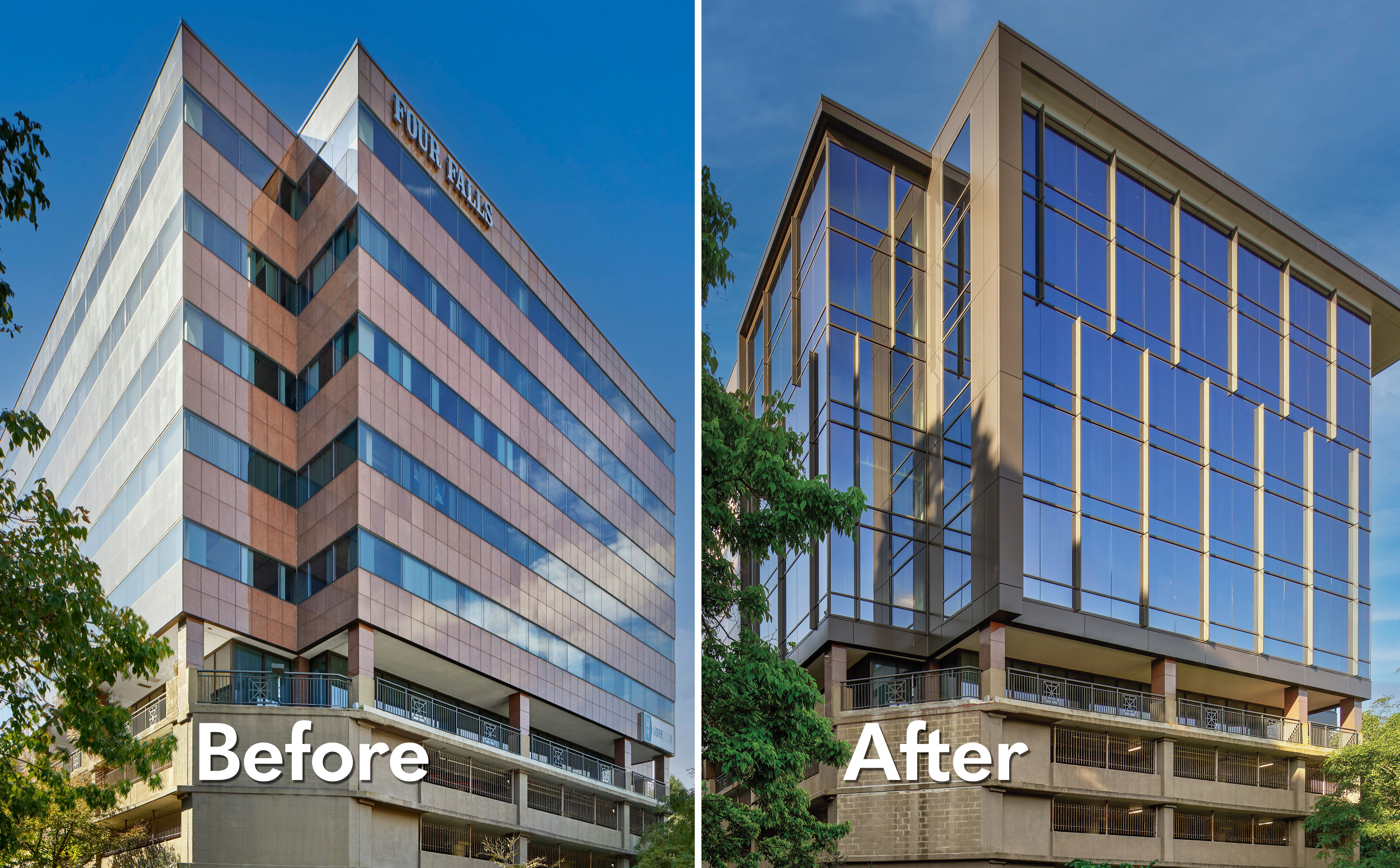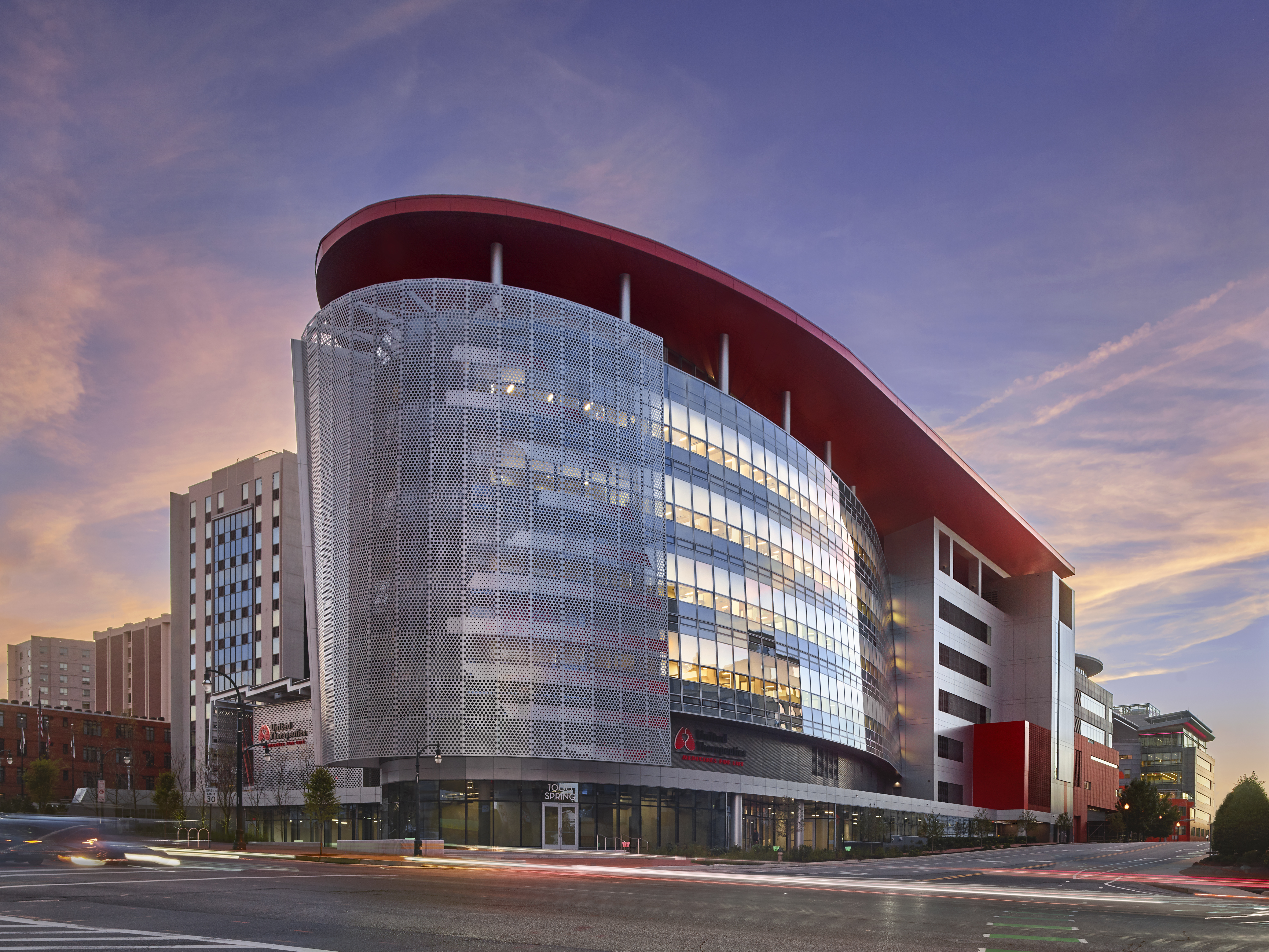How Can Smart Windows Help Buildings Adapt to Future Needs?
Smart windows—often called smart glass or dynamic glass—can change their reflective properties in response to sunlight. Windows made from dynamic glass can automatically change their tint level to prevent excess light and heat from entering a building. They’re used in a variety of applications and are gaining popularity all over the world, as they create comfortable spaces for building occupants and improve energy efficiency.
Building owners who install smart windows see immediate benefits: more comfortable spaces for employees or customers, without excess heat and glare; improved energy efficiency and lower energy costs; and unobstructed natural light and views of the outdoors, without the need for blinds or shades.

But the benefits of smart windows aren’t just in the near term. When planning new construction or renovations to existing buildings, owners also need to consider the long-term uses and impacts of their buildings, especially as they hope to adapt to the realities of climate change facing businesses and communities around the globe.
Buildings are investments, and technology like smart windows can help owners “future-proof” those investments. Smart windows allow a building to adapt in real time to the environment: to tint on a sunny day and reduce solar heat gain, or to clear on a cloudy day and let in more light. Over the course of years and decades, that adaptability will be increasingly important.
The Building Envelope
For buildings to maximize their energy savings—and to be more resilient in a future that includes big climate swings—project teams focus on the building envelope. Traditional building envelopes, which include blinds, shades, and/or low-emissivity (low-e) glass, are static solutions. They offer one pathway to reducing solar heat gain and can’t adapt in real time to changing conditions in the short term or the long term.

In contrast, SageGlass smart windows automatically adapt to the current weather and climate, using a system of sensors and other data, and can also be manually adjusted when needed. In the long term, smart windows can help building owners protect their investments against the temperature extremes that are increasingly common.
Sustainability in the Long Term
Thanks to climate change and increased urbanization around the world, the need for cooling buildings is soaring. The last several years have been the hottest on record, meaning that building owners see higher energy consumption and rising costs. Although some progress is being made to decarbonize the power sector and the energy grid, the International Energy Agency says that’s not enough “to curb the growth of emissions associated with rising space cooling demand.”

To make buildings resilient against rising heat and to be good stewards of energy, many businesses and institutions—from universities and office buildings to airports and hotels—are getting serious about net-zero energy and environmental, social, and governance (ESG) commitments. An important climate-adaptive technology they’re using is SageGlass’s dynamic glass, which reduces cooling demand (and leads to its near-term benefits: energy savings and improved comfort), plus contributes to the solution to the global-scale problem of climate change.